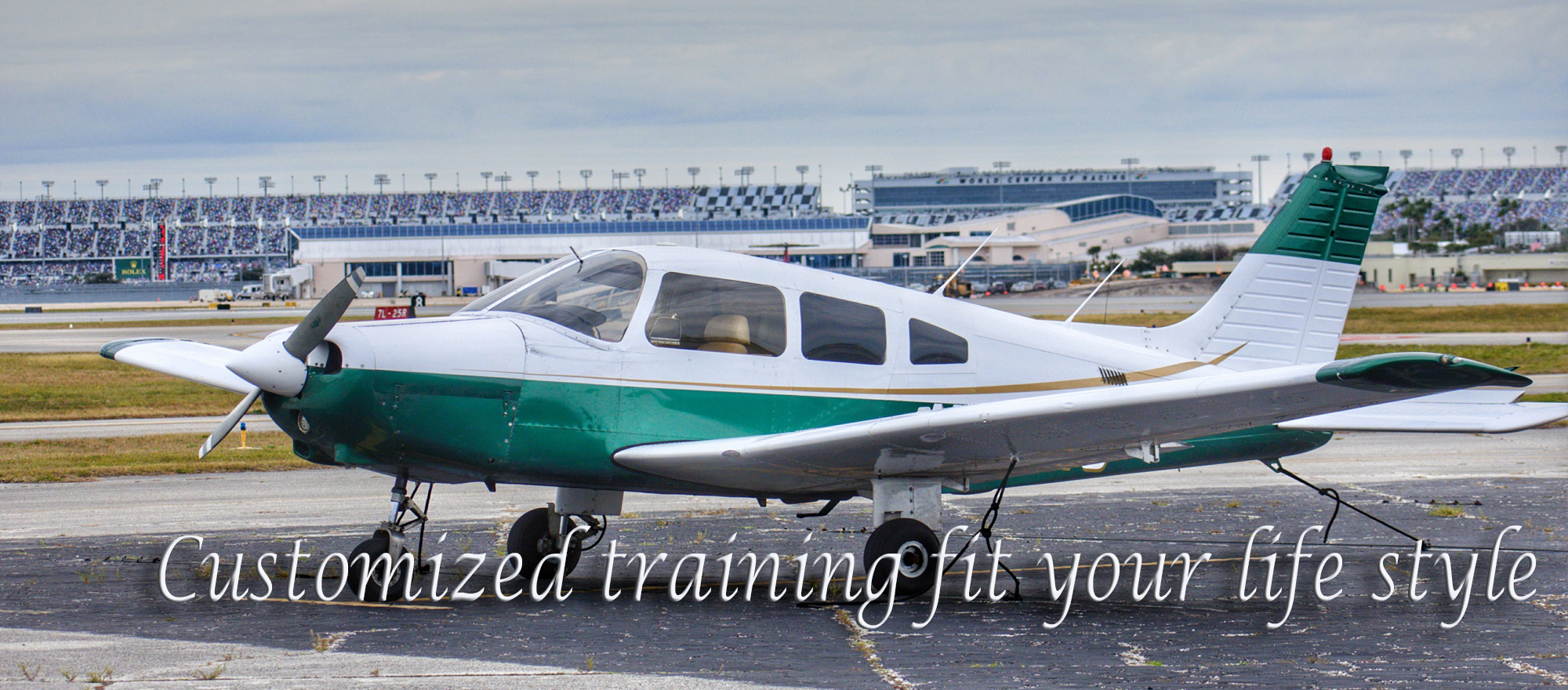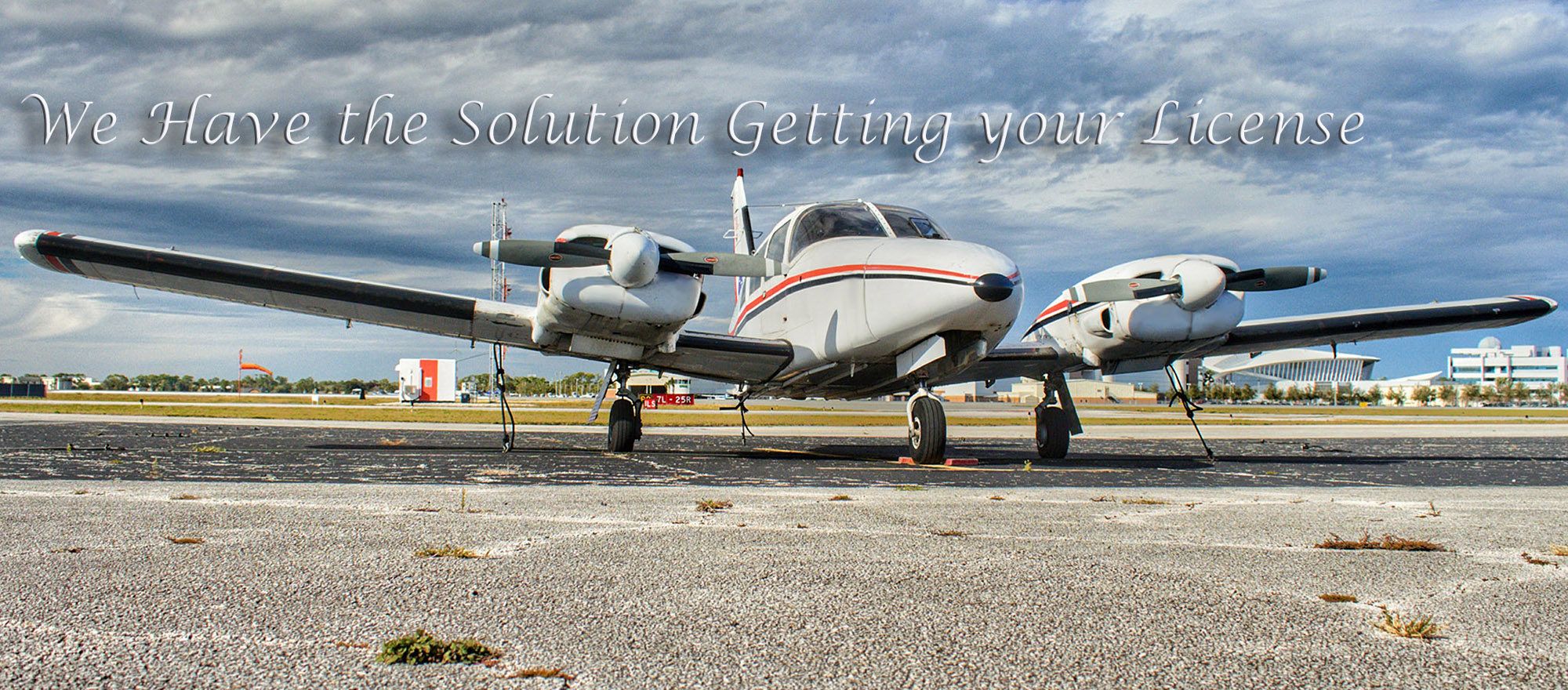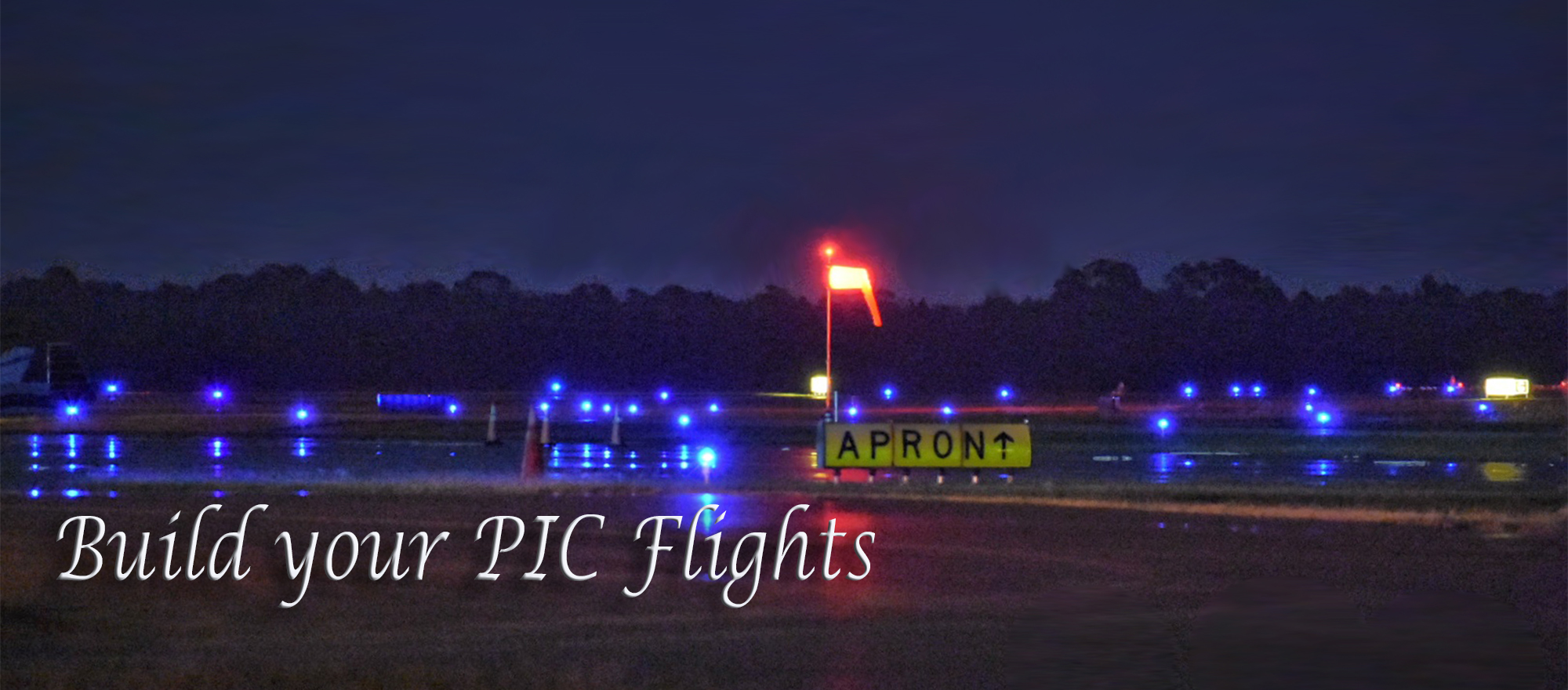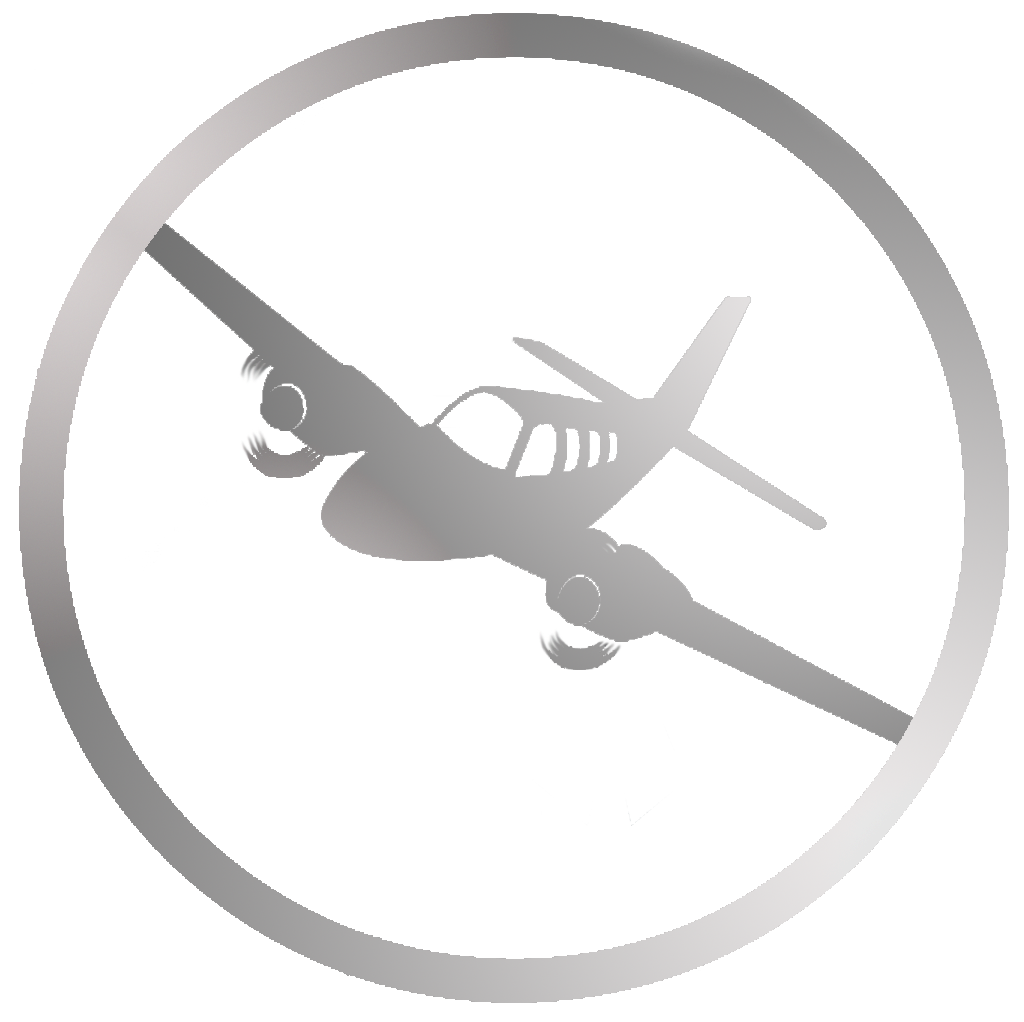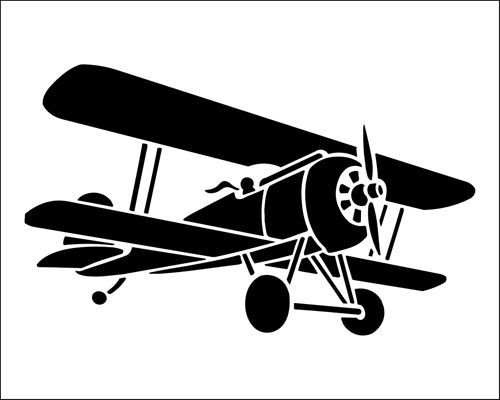From Ground to Glory: A Pilot's Guide to Taxiing and Takeoff
From Ground to Glory: A Pilot's Guide to Taxiing and Takeoff
The heart of every flight lies in the seamless transition from ground to air. For pilots, taxiing and takeoff are a captivating dance of precision and power, demanding focus and a deep understanding of your aircraft. Whether you're a seasoned aviator or a student pilot yearning for your first solo takeoff, mastering these maneuvers unlocks the magic of flight. This guide equips you with the knowledge and steps to navigate taxiing and takeoff with confidence.
Taxiing: The Ground Maneuver
Taxiing is the art of maneuvering your aircraft on the ground using its own engine power. It may seem straightforward, but safety and efficiency are paramount. Here's what you need to know:
- Taxiway Navigation: Airport taxiways are a network of paths connecting runways, ramps, and hangars. Follow taxiway markings and signage, adhering to ATC (Air Traffic Control) instructions to avoid confusion and runway incursions.
- Communication is Key: Maintain clear communication with ATC. State your intentions clearly when requesting taxi clearance and follow ATC instructions regarding speed, route, and holding points.
- Situational Awareness: Be vigilant of your surroundings. Watch out for other taxiing aircraft, airport vehicles, and pedestrians. Use your taxi light and landing light (at night) to enhance visibility.
- Smooth Control: Taxiing requires smooth and precise control movements. Maintain a slow and controlled speed, allowing ample reaction time for unexpected situations. Utilize proper rudder application to coordinate turns and avoid skidding.
Pre-Takeoff Checks: A Moment of Preparation
Before unleashing the power of takeoff, a meticulous pre-takeoff checklist ensures a safe departure:
- Final Control Checks: Verify proper flap settings according to takeoff weight and wind conditions. Confirm engine performance parameters are within normal operating ranges. Ensure clear communication with ATC for takeoff clearance.
- Line Up with the Runway Centerline: Precise alignment with the runway centerline is crucial for a centered takeoff roll. Use runway markings and aiming points to achieve proper positioning.
Takeoff: Taking Flight
With pre-flight checks complete and clearance obtained, it's time to embark on your journey:
- Engine Power Application: Increase engine power smoothly and progressively according to the Pilot Operating Handbook (POH) for your aircraft.
- Maintaining Airspeed: As the aircraft accelerates, monitor your airspeed indicator and ensure you reach the critical velocity (Vr) for safe liftoff.
- Rotation: Once Vr is reached, gently raise the nosewheel using elevator control to initiate rotation and become airborne.
- Climb Procedures: Maintain a positive climb rate and follow established departure procedures as outlined by ATC.
Beyond the Basics:
Mastering taxiing and takeoff lays the foundation for safe flight. As you progress in your piloting journey, consider exploring these additional areas:
- Crosswind Takeoff Techniques: Understanding and applying proper techniques for safe takeoffs in crosswind conditions.
- Engine Failure During Takeoff: Knowing the emergency procedures for handling engine failure during the takeoff roll.
- Rejected Takeoff (RTO): Understanding the proper procedures for aborting a takeoff in case of an emergency.
Remember: Safety is paramount. Always prioritize clear communication with ATC, adhere to published procedures, and maintain a healthy respect for the power and precision required during taxiing and takeoff. By mastering these maneuvers, you'll transform yourself from an earthbound pilot into a confident aviator ready to conquer the skies. So, the next time you line up on the runway, take a deep breath, and experience the exhilaration of a smooth taxi and a powerful takeoff into the vast expanse of flight.

